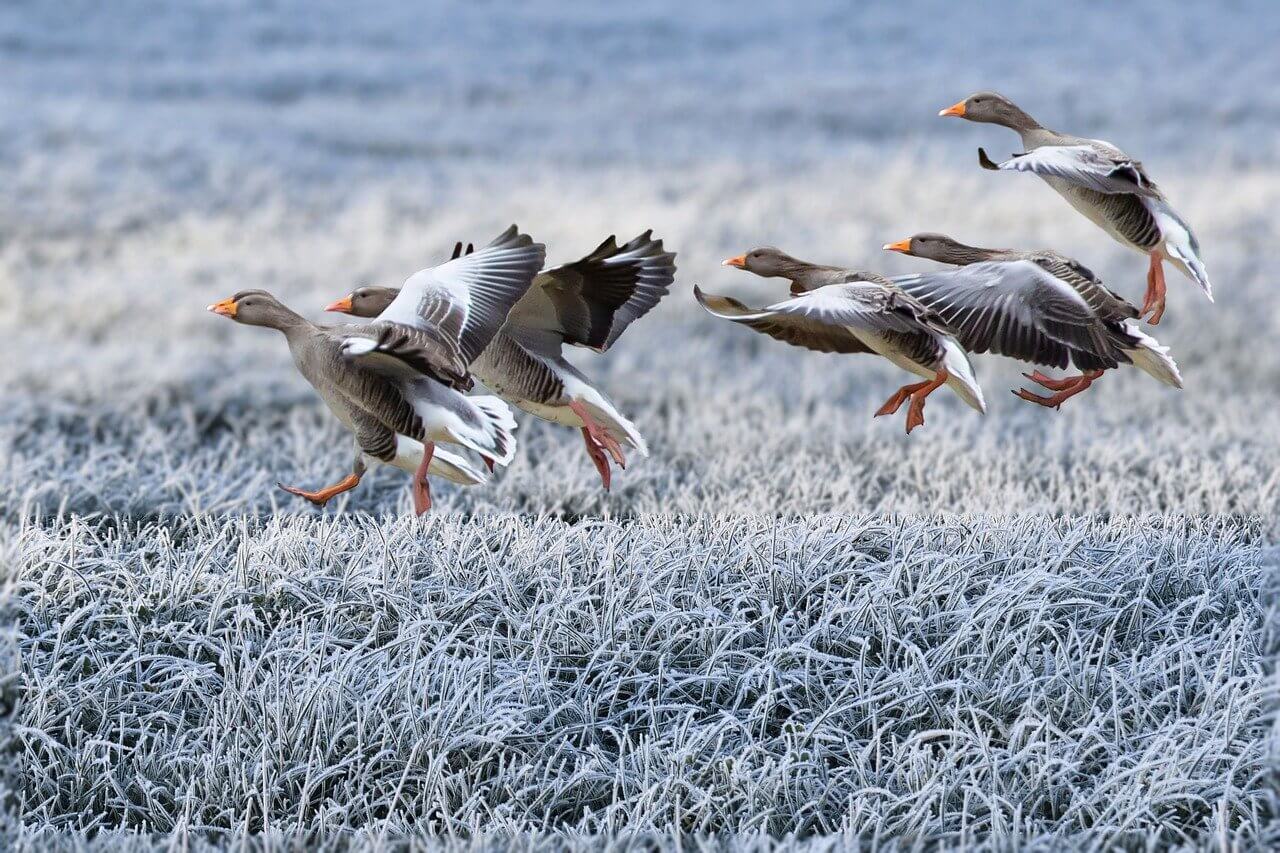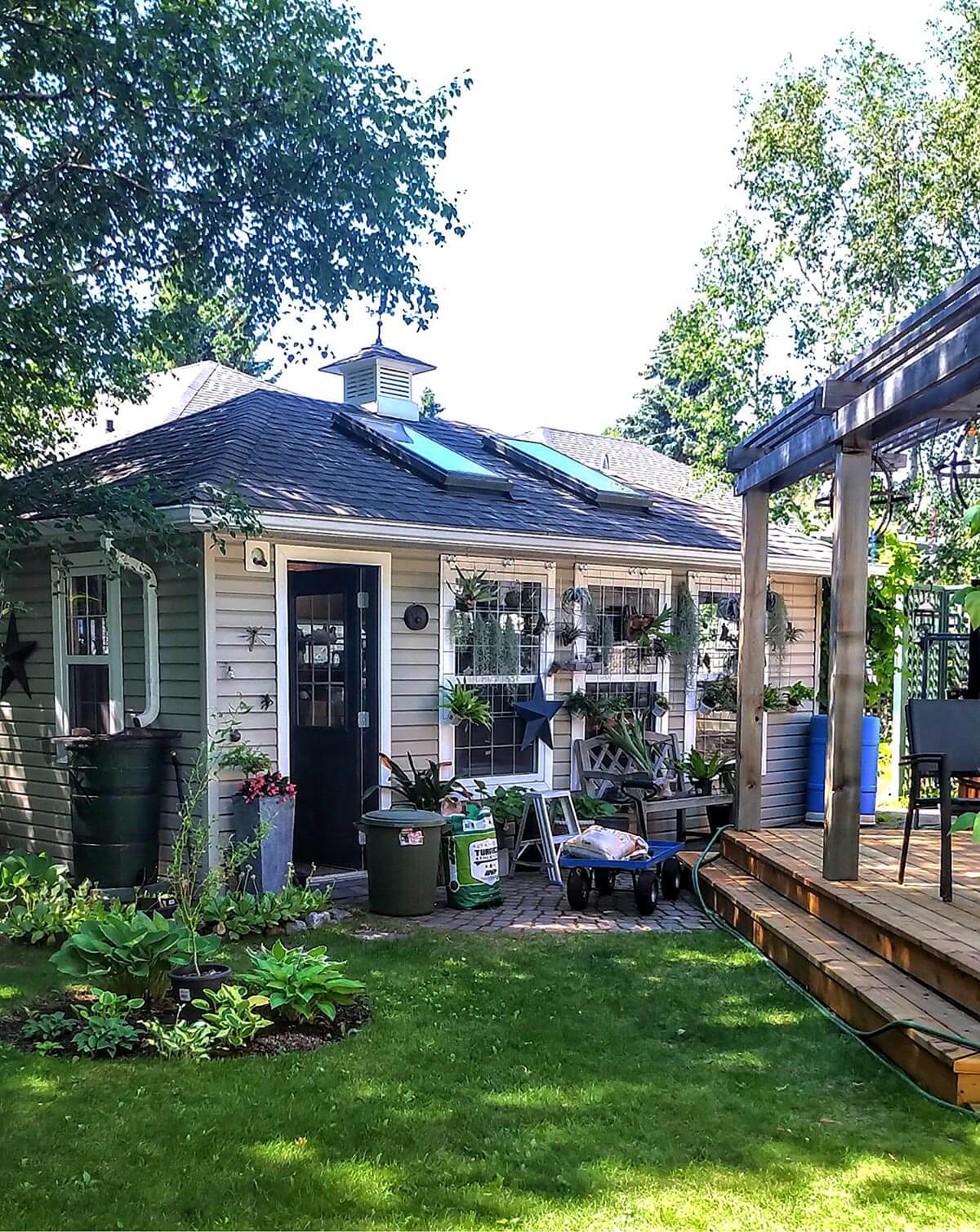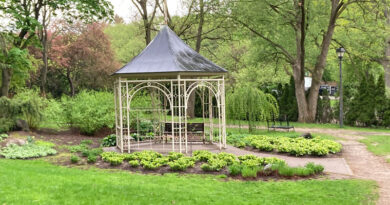Skiing in a Winter Wonderland
By Robert E. Wrigley
As I hustled across the parking lot to go skiing in Winnipeg’s Assiniboine Forest one afternoon, my boots made the most pleasant crunching sounds (like munching on toast) on the packed snow. Instead of the old-fashioned cable bindings of my first skis in the early 1970s, I now sported a convenient one-click toe binding, and off I went, shifting from leg to leg with long, smooth glides. It was a beautiful afternoon with a temperature of -8°C. The brilliant sunlight created countless sparkles of pure delight bouncing off delicate crystals which had settled on the top layer of snow. Time for skiing in a winter wonderland.
This fresh white blanket, reflecting over 50 per cent of the solar radiation back into space, reminded me of marzipan icing on a wedding cake, punctured here and there with long, thin stalks of golden-yellow grass.
Everywhere I looked, snake-like cylinders of snow wound their way, back and forth, along sloping tree branches, and white caps perched like perfectly shaped bread buns on the top of every stump, all appearing like magic from last night’s gentle snowfall. I was surrounded by a cornucopia of snow sculptures clinging to each shrub and tree. It was so exhilarating to be immersed in Nature’s dazzling-white art gallery to enjoy to my heart’s content, and the admission was free!
I examined one particularly graceful snow sculpture at eye level, and dared touch it with my tongue, transforming the delicate crystals to liquid in an instant. What a story might these water molecules (consisting of bonded hydrogen and oxygen atoms) might tell about their recent journey, leaping from the surface of the mid-Pacific Ocean, climbing and swirling up into vapoury clouds high into the atmosphere, and then borne by easterly flowing winds over forests, mountains, and prairies, all the while destined to land at my particular spot. Although I could not see them, trillions of these frozen water molecules were leaping back into the air by the astonishing process of sublimation. These molecular migrants have been circulating among the hydrosphere, atmosphere, geosphere, and biosphere ever since they arrived on Earth, bound within countless asteroids, four billion years ago – a period known as the Late Heavy Bombardment.
As I glanced up into the tree canopy, the craggy spires of oaks and aspens reminded me of skeletons, having lost in the autumn their mantle of yellow leaves. I paused often to admire the bold patterns on
the aspen trunks – pitch-black patches and streaks against the white-powdered bark. Numerous fine scratch marks revealed the past passage of a squirrel (red, gray, or northern flying squirrel), or an eastern chipmunk – the former three still active all winter, the latter species now hibernating deep below the frost line. Black circles on the trunks marked the former sites of branches that had long since died and tumbled to the ground, their demise the result of decreasing levels of light reaching them as the trees matured.
This article was first published in the newsletter of Nature Manitoba.






